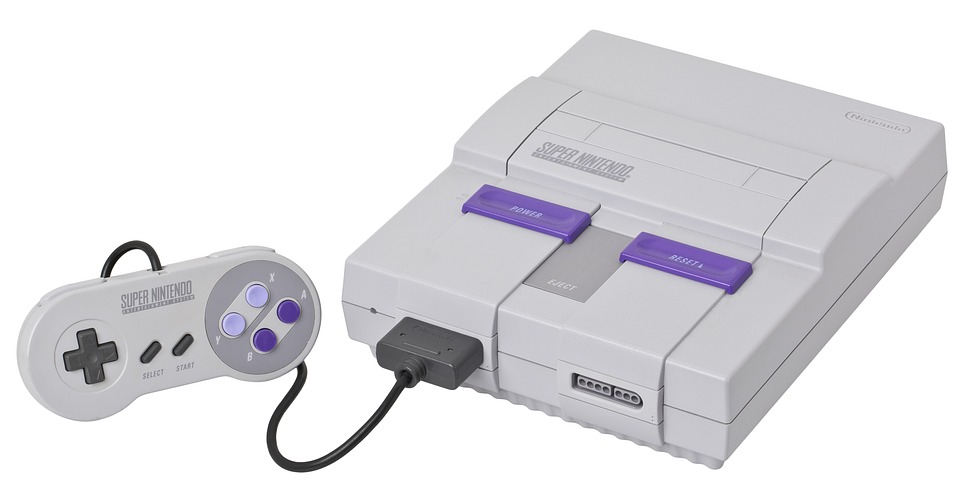The Evolution of Android: A Timeline of Success
Introduction
Android, the world’s most popular operating system for mobile devices, has come a long way since its inception. From its humble beginnings as a project of a small startup company, Android has grown into a global powerhouse that powers billions of devices worldwide. In this article, we will take a look at the evolution of Android over the years and explore the key milestones that have shaped its success.
2003-2007: The Early Years
Android was founded in 2003 by Andy Rubin, Rich Miner, Nick Sears, and Chris White as a startup company focused on developing software for mobile devices. In 2005, Android Inc. was acquired by Google, who saw the potential for the operating system to compete with the likes of Apple’s iOS and Microsoft’s Windows Mobile.
In 2007, Google announced the development of the Android operating system, releasing the Android SDK (Software Development Kit) to developers. The first commercial Android device, the HTC Dream (also known as the T-Mobile G1), was released in 2008, marking the beginning of Android’s journey to global dominance.
2009-2012: The Rise of Android
The years 2009-2012 saw a rapid rise in the popularity of Android, as manufacturers such as Samsung, HTC, and Motorola began releasing a wide range of devices running the operating system. In 2010, Google launched the Nexus series of devices, which showcased the latest version of Android and served as a reference platform for other manufacturers.
In 2011, Google introduced Android 4.0 (Ice Cream Sandwich), a major update that brought a new user interface, improved performance, and new features such as Face Unlock and Android Beam. The following year saw the release of Android 4.1 (Jelly Bean), which introduced features like Google Now, expandable notifications, and Project Butter for smoother performance.
2013-2016: Maturing and Innovating
The years 2013-2016 were a period of maturation and innovation for Android, with the introduction of several key features and updates. In 2014, Google launched Android 5.0 (Lollipop), which introduced a new design language called Material Design, as well as features like multiple user accounts, Screen Pinning, and a new runtime environment called ART.
In 2015, Google introduced Android 6.0 (Marshmallow), which brought features such as Now on Tap, Doze mode for improved battery life, and app permissions for enhanced security. The following year saw the release of Android 7.0 (Nougat), which introduced features like multi-window support, Quick Settings customization, and improved notifications.
2017-Present: Android Oreo, Pie, and Beyond
In recent years, Google has continued to innovate and improve Android with the release of new versions such as Android 8.0 (Oreo) and Android 9.0 (Pie). Android Oreo introduced features like Picture-in-Picture mode, notification dots, and Autofill, while Android Pie brought features like Gesture Navigation, Adaptive Battery, and Digital Wellbeing.
Looking ahead, Google is working on the next version of Android, known as Android 10 (Q), which is expected to bring new features such as a system-wide dark mode, enhanced privacy controls, and improved security. The evolution of Android is showing no signs of slowing down, as Google continues to push the boundaries of what is possible with mobile operating systems.
Conclusion
In conclusion, the evolution of Android is a testament to the power of innovation and collaboration in the tech industry. From its early days as a startup project to its current status as the world’s most popular mobile operating system, Android has come a long way in a relatively short period of time. With each new version and update, Google continues to make Android more powerful, secure, and user-friendly, ensuring that it remains at the forefront of the mobile technology landscape for years to come.
